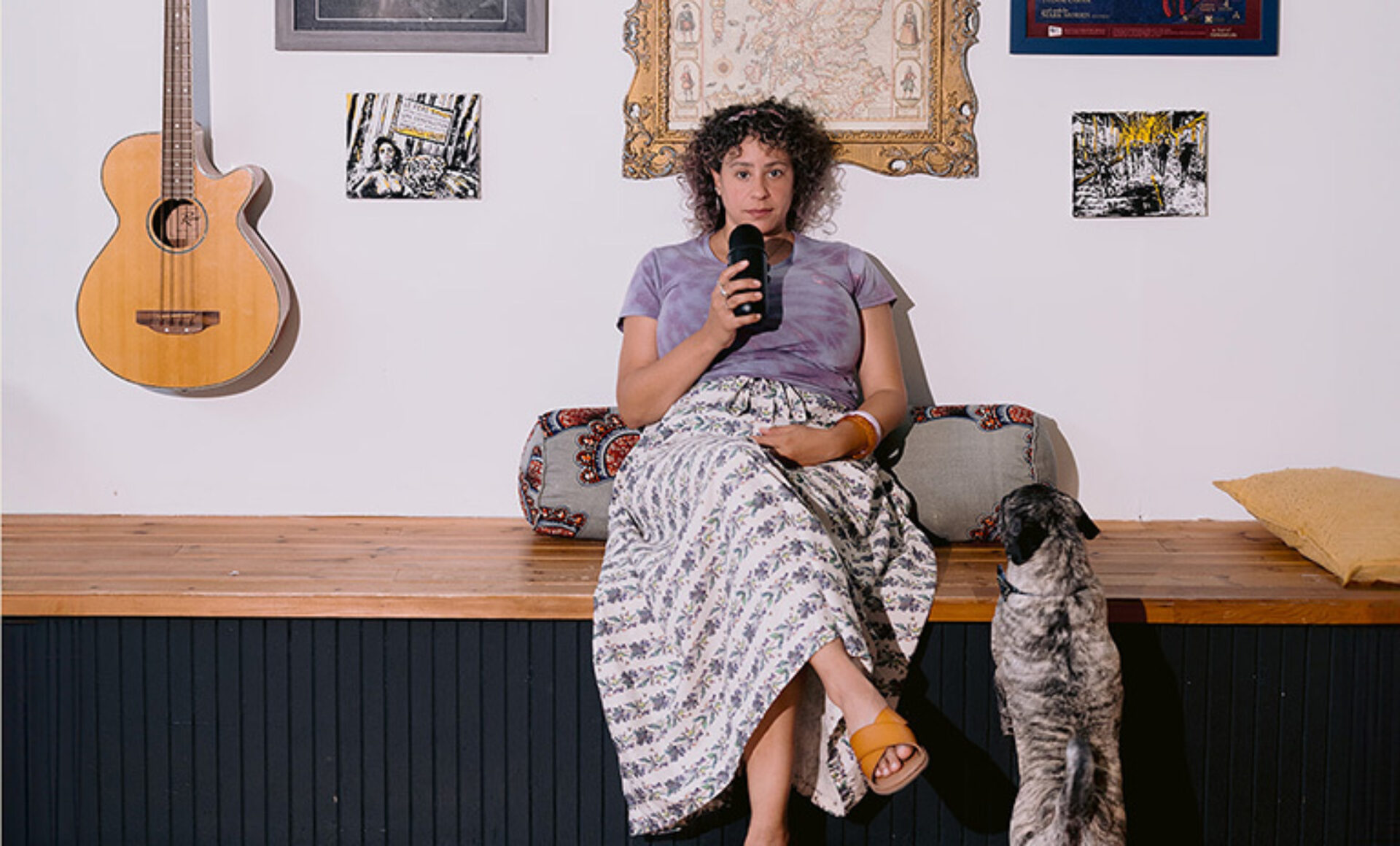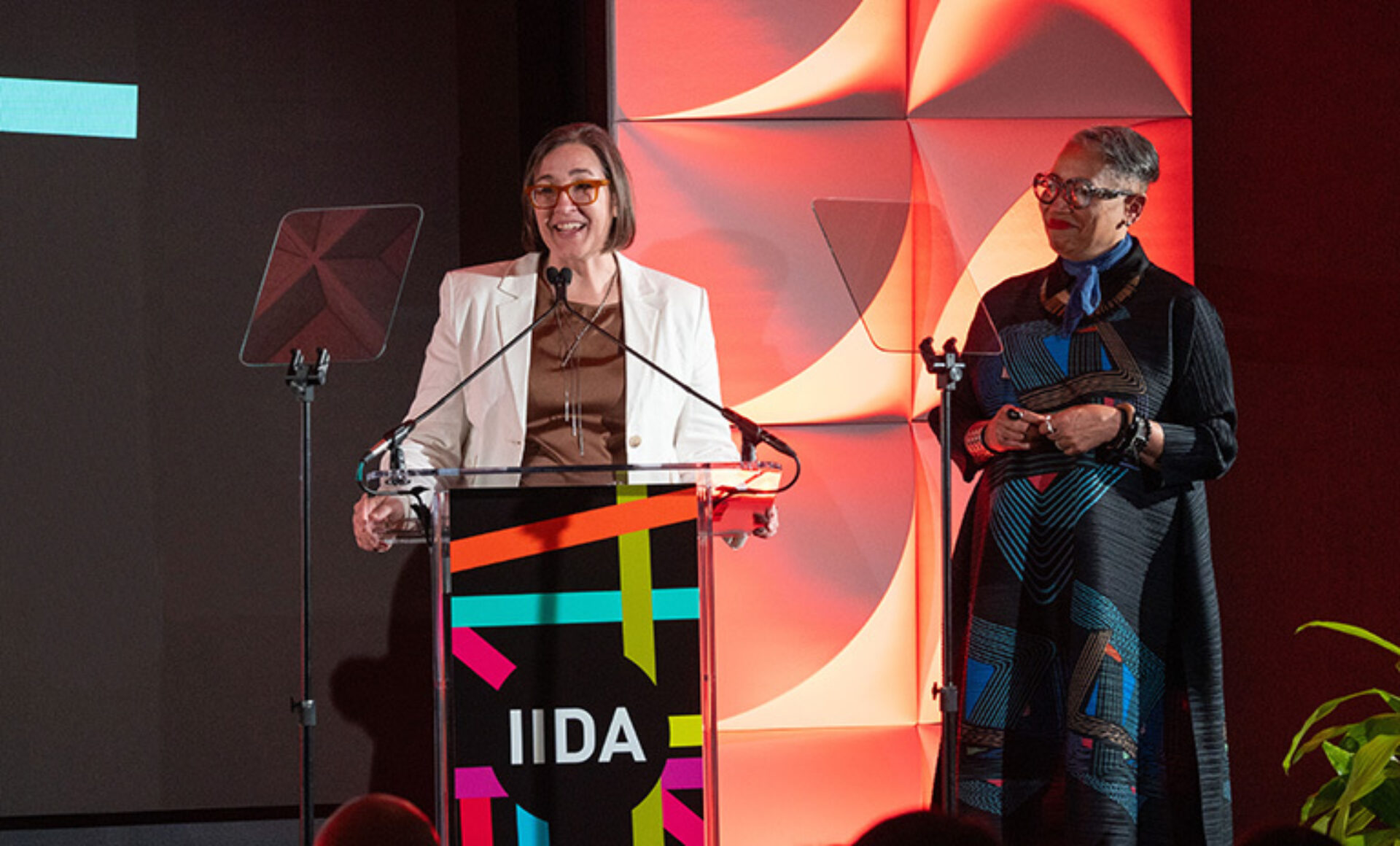(Above Image: IIDA Winter CLC- Advocacy Workshop. Photo Credit: Elliot Mandel)
For the past year, IIDA, ASID, and CIDQ have been working together as a unified alliance in an effort to strengthen their advocacy efforts to achieve wider recognition and independent practice rights for interior designers—March 2024 marked the one-year anniversary of the Consortium for Interior Design. The Consortium was established to unify our efforts based on the shared belief that interior design regulation should echo the impact interior designers have on the built environment. Interior designers create spaces that protect public health, safety, and well-being, and should be recognized for that work.
The Consortium has been working with statewide interior design communities on all levels of advocacy: from helping state chapters inform their memberships of national trends and create advocacy committees, to lobbying for legislation that would bring independent practice rights to practitioners in a given state. Director of Advocacy, Marci Merola, IIDA; Government Relations and Advocacy Manager, Matthew Barusch, CIDQ; and Associate Director of Government and Public Affairs, Lauren Earley, ASID discuss what they achieved this past year and their hopes for the future of the Consortium in this joint effort to shape the future of interior design.


Associate Director of Government and Public Affairs
ASID

Government Relations and Advocacy Manager
CIDQ
What has the impact been on interior designers, and what has the impact been on allied professionals?
Marci Merola: One of the most important things that the Consortium has done is to provide a unified front for the interior design profession; a front that reaches many audiences: legislators, allied professionals, and maybe most importantly interior design professionals. There’s an element of trust that is embedded there that the information practitioners are hearing from one organization will be consistent with what they may hear from the others. The message has been that all three organizations are working together toward the common goal of independent practice rights for qualified interior designers, and I think we’ve been able to personify that message.
Lauren Early: One of the tangible impacts of the Consortium's inaugural year includes the passage just last week of Legislative Bill 16 in Nebraska, which established a voluntary registry and the ability for qualified professionals to practice independently. The intangible impacts of the Consortium come in the form of emails, anecdotes, and other acknowledgments expressing gratitude and excitement about this collaborative advocacy from members of the professional organizations and unaffiliated NCIDQ-certificate holders alike. From Alaska to Florida, and the many states in between, we have heard from practitioners about just how important the Consortium's unified efforts to advance the interior design profession have been to their lives and livelihoods.
As for the impact on allied design professionals, the Consortium has demonstrated that interior designers are key components of design and construction projects. Through organizational teamwork, we have grown the profession's presence within the larger built environment, demonstrating that interior designers are not only creative but also knowledgeable members of design and construction teams.
Matthew Barusch: I think the Consortium for Interior Design has had a real impact on the profession of interior design, not just for current practitioners, but aspiring ones as well. The interior design profession and the qualifications of NCIDQ certificate holders have been misunderstood and unrecognized by the public, elected officials, and even allied design professionals, for far too long. Our advocacy efforts are beginning to change that for the better. But the most important impact of our work has been for the health and safety of the communities impacted by the practice. The practice of interior design has a recognized and documented impact on the public health, safety, and welfare and professional recognition through regulation exists to protect that health and safety from incompetent practice. CIDQ has always held that reasonable regulation of the interior design profession protects the public and ensures that qualified, competent practitioners are able to protect the public through independent practice. That is something that everyone who walks into a public commercial space benefit from.
What are you most proud about accomplishing together?
MM: Of course, every win and every step closer to a win is something to be proud of! I’m also really proud of how we’ve built and continue to build the Consortium. There are so many behind-the-scenes details that go into developing processes and best practices. We are often building as we go, aware that in-the-moment decisions are creating precedent for how we move forward. We are three national organizations, with three different cultures and systems of operation, and we’ve been able to be fairly dexterous in making the Consortium work as a single entity. I think the secret is keeping our collective eye on common goals, and also, knowing when it’s okay to agree to disagree.
LE: There are many things ASID is proud of accomplishing this year including the passage of a law (Nebraska Legislative Bill 16) that recognizes interior designers' education, training, and expertise, plus the protection of the interior design profession against recent deregulatory efforts that took on many different shapes. However, what we are most proud of is the impact this unified advocacy has had on elevating the interior design profession and shaping its future. By establishing legal recognition and practice rights for qualified interior designers, the Consortium shows students and young professionals the limitless opportunities available to them within the design world.
MB: I'm proud of our three organizations for having built a unified voice in support of recognition of the profession of interior design. In advocacy, as with all things, we are stronger together, and only through a united voice with a unified message are we able to cut through the noise generated by opponents to reasonable regulation and effectively advocate for real and meaningful change. This unity of purpose and message is helping to fuel the success of the present and the future, and I can't wait to see where that takes us.
What are you most excited to be collaborating on in the future?
MM: The recent Nebraska win has been so amazing! I think it’s creating a stronger appetite for more legislative victories, and we’re creating stronger vehicles to get us there. We’ve all learned a lot in the past year, and our “formula for success” is constantly getting refined. I’m excited to be able to pass on this collective knowledge to additional states seeking new or expanded legislation.
LE: ASID is most excited to collaborate on legal recognition for the interior design profession and the ability for qualified interior design professionals to practice independently in all U.S. jurisdictions. Currently, 31 U.S. jurisdictions recognize the profession in some way, while 17 allow qualified professionals to practice to the fullest extent of their education and training. ASID plans to continue collaborating with CIDQ and IIDA through the Consortium to modernize existing legislation and establish new legislation—until the educational, experiential, and examination-based knowledge of interior designers is not only recognized but also understood by allied design professionals, building code officials, consumers, and other end users alike.
MB: I'm excited about seeing the momentum and enthusiasm for the Consortium's advocacy work expand to unregulated jurisdictions, because it's important for all U.S. jurisdictions to recognize the profession of interior design. But what I think I'm most excited about is seeing more collaboration, and more willingness to do so, between the design communities on this issue. In the past, discussions between architects and interior designers on this issue were almost nonexistent, and when they did happen, they were fraught with animus and a difficulty finding compromise through negotiation. Now, allied design professionals are beginning to work together on this issue, just as they do in their practice every day. Collaboration between the design professions is the only way forward, and I am hopeful that more of that will happen in the future.




